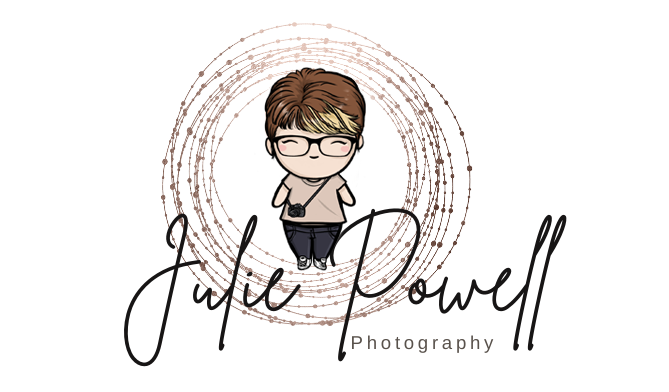What are metering modes?
While it is important, it is also something that frequently gets overlooked. So let’s take a look at metering modes for photography.
Most DSLR and mirrorless camera have a variety of metering modes. Just to be equally as confusing, different brands have slightly different names for them! But they are all pretty much the same. Matrix or Evaluative Metering, Center Weighted Metering and Spot Metering. Camera meters work great when the scene is evenly lit. However, it all falls down and becomes an issue for the internal light meter to determine the exposure, when the objects have different light levels and intensities.
Let’s look at an example
If you are taking a picture of a blue sky with no clouds or sun in the frame, the image will most likely be correctly exposed. This is because there is just one light level to deal with. If you add clouds it gets little more complex, as the meter now needs to evaluate the brightness of the clouds versus the brightness of the sky and try to determine the best exposure.
As a result, the camera meter might brighten up the sky a little bit in order to properly expose the white clouds, but then the clouds may look too white or “overexposed.”
Now add in a big mountain to your scene. Now the camera meter would see that there is a large object that is much darker than the clouds and the sky, and it would try to come up with something in the middle so that the mountain is properly exposed as well. By default, the camera meter looks at the light levels in the entire frame and try to come up with an exposure that balances the bright and the dark areas of the image. Now the mountain might be correctly exposed, but the sky and especially the clouds are blown out.
You’ll see the same thing if you are trying to shoot sand at a beach or snow. The camera will try to darken the image so that it is NOT all bright and white, even if it is. There is where metering modes can be handy.
Matrix / Evaluative / Zone Metering
Matrix, Evaluative or Zone Metering mode is the default metering mode on most cameras. It works similarly to the above example by dividing the entire frame into multiple “zones,” which are then all analyzed on an individual basis for light and dark tones.
One of the key factors (in addition to color, distance, subjects, highlights, etc.) that affects Matrix Metering is where the camera’s focus point is set to. After reading information from all individual zones, the metering system looks at where you focused within the frame and marks it more important than all other zones. There are many other variables used in the equation, which differ from manufacturer to manufacturer.
Nikon, for example, also compares image data to a database of thousands of pictures for exposure calculation. If you are a landscape photographer, consider this mode to be the “default” for most of your photography, as it will generally do a pretty good job in determining the correct exposure.
Center Weighted / Average Metering
Using the whole frame to decide the correct exposure is not always the best thing, especially when, for instance, taking a portrait of a person with the sun behind them. This is where Center Weighted or Average Metering comes in handy.
Center Weighted Metering evaluates the light in the middle of the frame against the surroundings and ignores the corners. Compared to Matrix Metering, Center Weighted Metering does not look at the focus point you select and only evaluates the middle area of the image.
Use this mode when you want the camera to prioritize the middle of the frame. It’s great for close-up portraits and relatively large subjects in the middle of the frame. For example, if your subject has the sun behind her, then this mode would expose the face of the person correctly — even though everything else would probably get heavily overexposed, unless the light is filtered or diffused.
Spot Metering
Spot Metering only evaluates the light around your focus point and ignores everything else. It evaluates a single zone/cell and calculates exposure based on that single area, nothing else.
I personally use this mode a lot more for my still life and macro photography. I need to make sure that I expose them properly, whether the background is bright or dark. Because the light is evaluated where I place my focus point, it is also great for really bright or really dark setups. However, the camera can still get it wrong and you need to shoot and then check for correct exposure and adjust when necessary.
Other things to consider
Something else to consider when shooting is how balanced your histogram is and how to read it. If your subject is fairly well lit, then your histogram should be evenly spaced. A little in the shadows and highlights and most in the middle. If you are shooting dark and moody, it will remain mostly on the left, or light and bright on the right. Shadows are easier to recover than highlights, so when in doubt shoot a little to the left or slightly underexposed.









